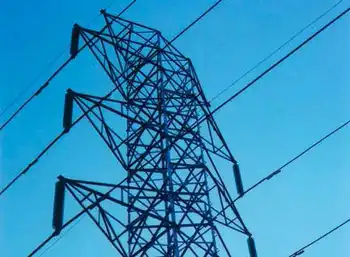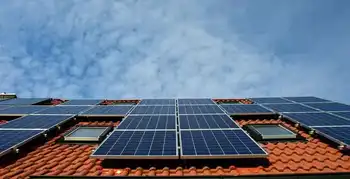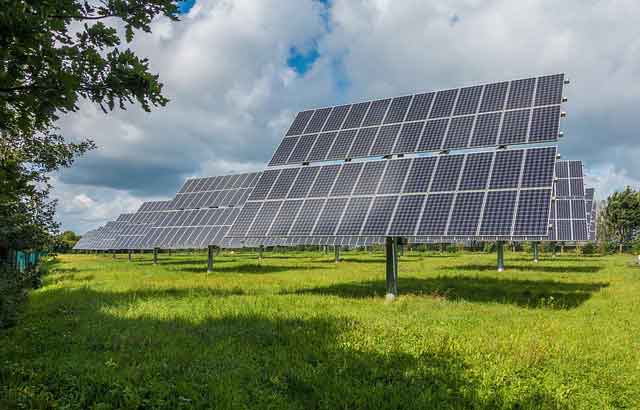Who wants coal with their power?
By Boston Globe
Electrical Testing & Commissioning of Power Systems
Our customized live online or in‑person group training can be delivered to your staff at your location.

- Live Online
- 12 hours Instructor-led
- Group Training Available
The latest demonstration of this came in Tennessee just before Christmas, when a lake of coal fly ash broke through its earthen dam and oozed out over 300 acres, damaging or destroying at least 15 houses.
The sludge, enough to fill 1,300 Olympic-size swimming pools, contains cancer-causing heavy metals, including arsenic and lead. For years, environmentalists have tried to get fly ash declared a hazardous waste under the supervision of the US Environmental Protection Agency, but utilities have fought successfully to categorize it as a standard industrial waste that state officials can oversee.
As a result, disposal methods run the gamut from relatively safe in Massachusetts to slipshod in many other states.
In 2007, an EPA report found that over a decade the groundwater in 67 towns in 26 states had been contaminated by heavy metals from fly ash dumps. Environmentalists would like to see the fly ash go to lined and capped landfills, which would prevent the leaching of the heavy metals into soil and groundwater.
In Massachusetts, where fly ash from the Salem power plant once contaminated the Lake Wenham water supply of Beverly, ash that is not reused in concrete production or other beneficial applications ends up in lined and covered landfills. Even in this state, though, there is no law mandating safe disposal. A bill co-sponsored by Representatives Lori Ehrlich of Marblehead and Mary Grant of Beverly would do so.
In 2000, the EPA tried to impose stricter federal controls on fly ash disposal, but ran into unyielding opposition from utilities, the coal industry, and Clinton administration officials. At the time, the industry estimated that declaring fly ash hazardous would cause an estimated $5 billion a year in disposal costs.
Not surprisingly, the Bush administration was as reluctant as the Clinton administration to take action on this issue. But evidence has been mounting of the threat coal ash poses to human health. In 2006, the federal National Research Council found that the byproducts of coal-burning "often contain a mixture of metals and other constituents in sufficient quantities that they may pose public health and environmental concerns if improperly managed."
President Obama and other critics of coal-fired electricity as a source of greenhouse gases want to put a price on carbon through a tax on carbon dioxide emissions or a cap-and-trade system of emission credits. While they are at it, they should ensure that a cap - and no trade - is put on coal fly ash.











